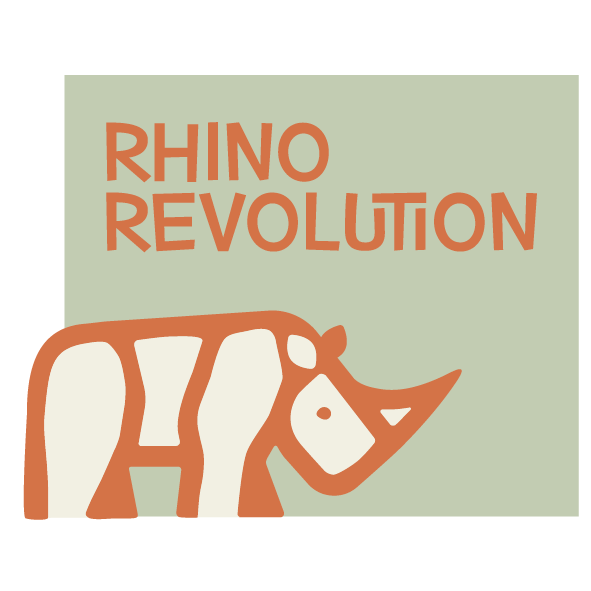What is horn trimming?
Horn trimming is a procedure where a rhino's horn is carefully shortened to a safe, sustainable length to reduce the risk of poaching. The process is conducted by trained wildlife veterinarians and is pain-free for the rhino.
What is the horn made of?
The rhino's horn is made of keratin, a protein found in human hair and nails. It is a solid substance that forms the main material of the rhino's horn. The horn is formed by the growth of keratin cells at the base of the horn and can grow and elongate over time.
Why is horn trimming done?
Rhinos with shorter horns are less attractive to poachers. By reducing the horn's value, we decrease the likelihood of poaching.
What is the purpose of a rhino horn for the rhinos?
The horn plays a few different aspects to the rhinos behaviour. mainly, Defending the territory against other males, marking territories, and some aspects of their social behaviour. And historical protecting themselves against predators.
Does horn trimming affect the rhino's behaviour?
Research shows that horn trimming does not negatively impact the rhino's behaviour. They adapt well to life without their horns and can still communicate, forage, and defend themselves.
Is horn trimming painful for the rhino?
No, horn trimming is completely pain-free. The rhino's horn is made of keratin, similar to human hair or fingernails, and trimming it is like cutting fingernails. Throughout the entire process, the rhino is closely monitored by a team of veterinarians and conservationists to ensure its well-being. To minimize stress and external stimuli, the animal is usually blindfolded and fitted with earplugs during the procedure.
How often is horn trimming done?
Horn trimming is typically performed every two years, as the horn grows steadily.
Does the horn grow back after trimming?
Yes, the horn will regrow over time. It usually takes about five years for the horn to fully grow back, as long as poaching is kept under control.
Are there any risks to the rhino?
Horn trimming is a safe and controlled procedure carried out by qualified veterinarians, ensuring minimal risk or harm to the rhino.
Does trimming completely prevent poaching?
Although horn trimming does not completely eliminate the risk of poaching, it has proven to be an effective measure in significantly reducing poaching pressure. However, trimming is not a long-term solution and only one of many necessary measures. In every rhino reserve, additional security measures such as fence patrols and surveillance cameras are implemented to protect the animals.
Why are rhinos darted from helicopters?
The rhino is darted from a helicopter to minimize the risk of losing the animal after sedation and to allow the team to keep the rhino away from potentially dangerous obstacles.
Is horn trimming the only solution to protect rhinos?
Horn trimming is an important part of a larger, comprehensive conservation strategy, which includes anti-poaching efforts, habitat protection, and community involvement.

